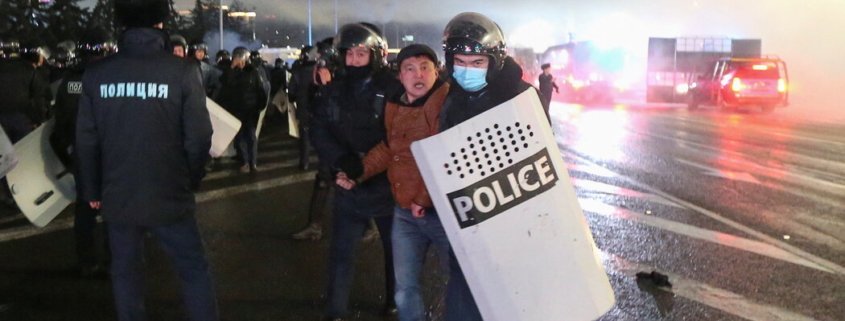Russia-Allied Forces to Intervene as Unrest Sweeps Kazakhstan
MOSCOW — A Russian-led military alliance said late Wednesday that it would send peacekeeping forces to Kazakhstan at the invitation of the country’s president to help put down a growing protest movement there.
The current chairman of the alliance, the Armenian prime minister, Nikol Pashinyan, said in a statement that the troops would be stationed there only “for a limited time period,” until order could be restored.
He did not elaborate on how many soldiers could be mobilized or how long they might stay. Russia is notorious for sending in troops under the guise of peacekeeping missions that go on to establish a permanent presence in the host countries.
The Kazakh president, Kassym-Jomart Tokayev, issued the invitation earlier in the evening. Calling the demonstrators “a band of international terrorists,” he said he was turning to Russia’s version of NATO, called the Collective Security Treaty Organization, to “help Kazakhstan overcome this terrorist threat.”
The revolt began on Sunday in western Kazakhstan as a protest against a surge in fuel prices. Four days later, with government buildings, TV stations, the airport and numerous businesses stormed by thousands of anti-government protesters, the uprising has expanded into a full-throated attack on an entrenched Kazakh elite widely reviled as autocratic and corrupt.
Footage posted online on Wednesday showed thousands of people storming the main government building in the country’s largest city, Almaty.
Smoke billowed from the building that afternoon as the crowd began to disperse. The regional branch of the governing Nur Otan party was also set on fire, local news outlets reported, as was the former presidential residence.
News services reported renewed clashes between protesters and the police, who used stun grenades and tear gas to quell the crowd. Protesters also set fire to the prosecutor’s office in Almaty before heading for the president’s residence.
The Almaty police said that protesters burned 120 cars, including 33 police vehicles, and damaged about 400 businesses, and that more than 200 had been detained. The country’s Internal Affairs Ministry said that eight members of law enforcement had died in the…





